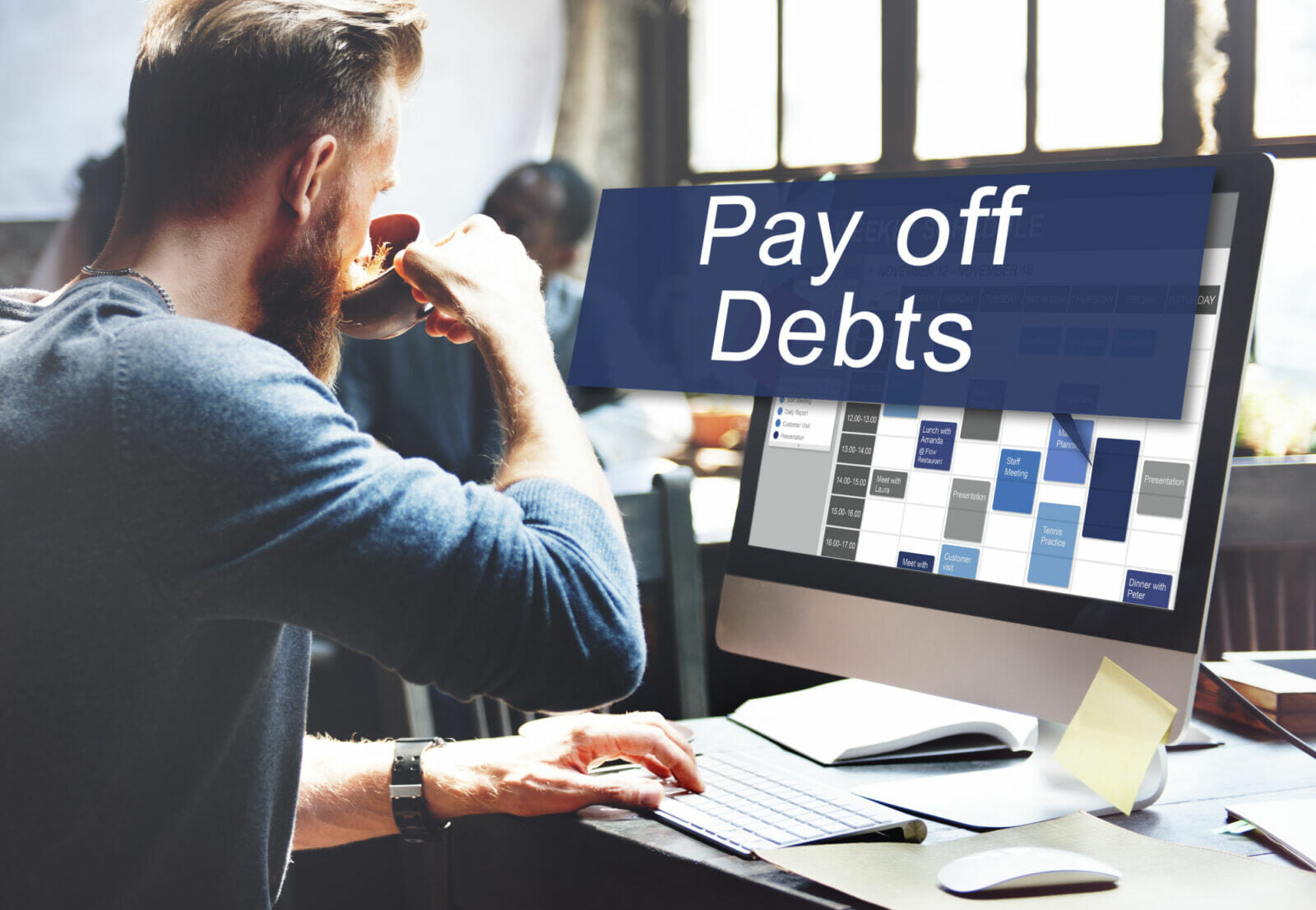Do you dream that your debt will magically go away? Of course, even though it is not practical.
Debt doesn’t go away on its own. What you need is a good debt payoff strategy that works.
The fact is that consumer debt is up, and you are not alone. According to the Federal Reserve, Americans have increased their total consumer debt by 6.14% per year. In January 2022, the dollar amount hit $4.4 trillion. Together, Americans owe almost 10% of their disposable income to household debt like car loans, student loans, mortgages, and credit card debt.
You want to get out of debt. That is why we are going to tell you a few ways that you can go about paying off debt.
Let’s not waste any more time. Time is money, so let’s go!
Pay More Than the Minimum Payment
It sounds simple, doesn’t it? And it is satisfying, being able to watch your balance get lower faster. Unfortunately, there are many people who do not realize how powerful this strategy is in reducing debt.
You can use this method with many types of debt. Whether it is a car loan or you are paying off mortgage debt, you can save a bunch of interest. Even if you can only pay a little over the minimum payment required, it matters.
It’s like the old saying that “every little bit helps.”
The Avalanche Method
Don’t you just love how the term for this strategy sounds? Reducing debt like an avalanche. Imagine that!
By reducing debt, you gain momentum from each account you pay off. Here is a snapshot of what we mean.
First, you list all your debts. Then, you sort them by interest rate, highest to lowest. You will make all the minimum payments you have.
Next, add any extra funds you have each month to the payment of the highest interest rate account. After the first account is fully paid, you will move on to the next one with the highest interest, while still making a minimum payment on the others.
Your extra money goes to whatever has the highest interest. You keep repeating this method.
The Snowball Method
One strategy doesn’t fit all. You may be the type of person who is motivated by seeing a small win. If you win at something, even if it is small, it will give you the drive you need to keep ongoing.
The snowball strategy is like the avalanche method. You make a minimum payment for each account. For one account, you pay more than the minimum payment until a time when you can pay it off.
You will repeat this process for the other ones. What is different with the snowball versus the avalanche is that you are starting with the lowest balance, which has nothing to do with the interest rate.
You won’t save on interest with the snowball method. However, you will pay the small balances quicker. In the end, you will feel good when you eliminate debt.
A Balance Transfer
Just like it sounds, you are transferring a balance from your current credit card. You are moving it to an interest rate that is lower. You can transfer it to a new card, or one that you have that is existing.
If you are choosing a new card, many will offer you no annual fee and a low introductory rate as a “special.” That sounds great, “low” and “no,” but is it really that great? Hmmm.
Here is what else you need to find out to make an excellent decision.
- How long is the introductory period?
- After the introductory period is over, what will the interest rate be?
- Is there a balance transfer fee?
- Will a new purchase change the interest rate?
You want to get out of debt. If any of these answers turn into more money out of your pocket in the end, you are not reducing debt. Don’t just take the first offer, but make sure you do your homework to find a deal that is good.
Consolidate Debt
If you have multiple different interest rates, due dates, and minimum payments, it can help to better organize your finances just to have one bill each month. That is what a consolidation loan does; it takes everything and puts it into one. For credit cards with high-interest rates, roll the balance to one low-rate loan.
That’s it, one loan and one payment every month. When you simplify your debt, you are less likely to make an error, like missing a payment. Benjamin Franklin once said that “Creditors have better memories than debtors.”
The best benefit of loan consolidation is that you can lower the amount that you must pay monthly. This is because you are getting a lower interest rate and paying less interest. How does that sound?
If you have built up a lot of new debt recently from a credit card you just paid off, this could be the right strategy for you.
What Debt Payoff Strategy Will You Choose?
Not every method works well for each unique individual. That’s why it is good to weigh your options so that you can find the right solution that works for you. Choose a strategy like paying more than the minimum payment, the avalanche, the snowball, balance transfer, or debt consolidation.
Whichever will work best for you as a debt payoff strategy is a sound choice. We hope this is life-changing advice because that is what we live for. For all things business, real estate, and lifestyle, be sure to stop by again soon for more superb life hacks.




